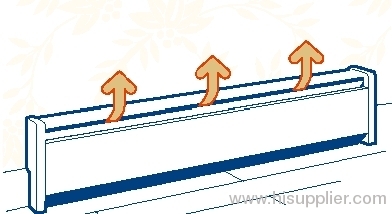You are here: home > nickel chrome copper iron alloys news > Electric baseboard heaters
Product (738)
- Pure Nickel Products (38)
- Incoloy Products (74)
- Inconel Products (72)
-
FeCrAl Product
(99)

-
Nichrome Products
(68)

- Monel Products (36)
- Hastelloy Products (49)
- Nickel Iron Alloy Product (59)
-
Nickel Copper alloys
(47)

- Nonferrous Metal Product (27)
-
Resistance Wire
(90)

- Stainless Steel Product (42)
- Mesh Demister (20)
- Others (17)
Product Forms (14)
Quality Certificate (11)
Learning Gallery (30)
Incoloy News (9)
Inconel News (22)
Molybdenum News (7)
Nikrothal News (4)
Nichrome News (13)
Titanium News (2)
Nickel News (8)
Alloys House (30)
Tools (27)
Nickel alloy News (30)
Latest Buzz (30)
nickel chrome copper iron alloys news (28)
Credit Report
Products Index
Company Info
Heanjia Super-metals Co., Ltd. [China (Mainland)]
Business Type:Manufacturer, Trading Company
City: Beijing
Province/State: Beijing
Country/Region: China (Mainland)
nickel chrome copper iron alloys news
Electric baseboard heaters

Electric baseboard heaters
Electric baseboard heaters are zonal heaters controlled by thermostats located within each room. Baseboard heaters contain electric heating elements encased in metal pipes. The pipes, surrounded by aluminum fins to aid heat transfer, run the length of the baseboard heater's housing, or cabinet. As air within the heater is warmed, it rises into the room, and cooler air is drawn into the bottom of the heater. Some heat is also radiated from the pipe, fins, and housing.
Baseboard heaters are usually installed underneath windows. There, the heater's rising warm air counteracts falling cool air from the cold window glass. Baseboard heaters are seldom located on interior walls because standard heating practice is to supply heat at the home's perimeter, where the greatest heat loss occurs.
Baseboard heaters should sit at least three-quarters of an inch (1.9 centimeters) above the floor or carpet. This is to allow the cooler air on the floor to flow under and through the radiator fins so it can be heated. The heater should also fit tightly to the wall to prevent the warm air from convecting behind it and streaking the wall with dust particles.
The quality of baseboard heaters varies considerably. Cheaper models can be noisy and often give poor temperature control. Look for labels from Underwriter's Laboratories (UL) and the National Electrical Manufacturer's Association (NEMA). Compare warranties of the different models you are considering.
Pre Page:
Electric thermal storage
Next Page:
Electric furnaces



